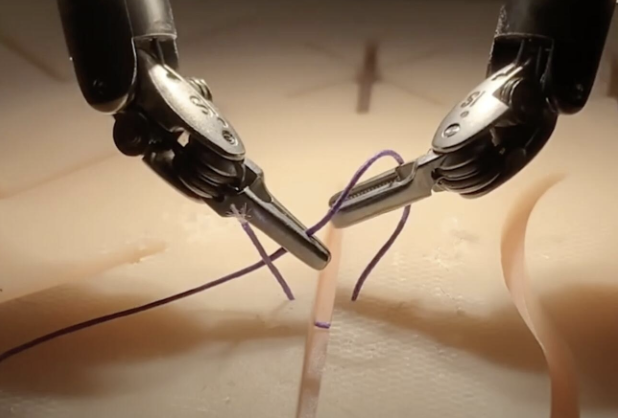The Real Secret Behind Creative Genius

The tales of iconic figures like Salesforce.com's Marc Benioff, or the acclaimed Lin-Manuel Miranda, often paint a picture of extraordinary individuals touched by a divine spark that sets them apart from us mere mortals. It's as though they've been singled out by the cosmos itself, bestowed with extraordinary talents beyond the reach of the average person.
This narrative has been deeply ingrained in us, suggesting creativity is an exclusive club, and most of us aren't on the list. This is a narrative we've all been fed, but it's fundamentally flawed.
Recent advancements in neuroscience have upended our understanding of the brain. Through technologies like fMRI machines, neuroscientists have gained unprecedented insight into its workings, shattering the long-held belief that our brains are immutable. The groundbreaking concept of neuroplasticity has revolutionized our understanding of the brain.
The old assumption was that the brain was static, locked into its configurations. We've been misled by myths claiming that brain cells can't regenerate and that our cognitive capabilities are set in stone, as unchangeable as a second-hand lawnmower — no upgrades available unless you're willing to invest in the latest model.
But it turns out, our brains are not like that old lawnmower. They are more akin to a lawn, capable of change and growth. Neglect it, and it withers; care for it, and it thrives. Your brain can regenerate, adapt, and flourish with the right stimuli and care.
Neuroplasticity means that our brains are living landscapes, able to recover from past neglect and blossom anew. The discovery of neuroplasticity was so electrifying it could make even the most stoic of scientists dance with joy. It wasn't just about the brain's capacity to learn—it was the revelation that the brain's very structure and chemistry could evolve.
Now, we're venturing into new territory and introducing a term: INNOplasticity. Borrowing from its predecessor, neuroplasticity, innoplasticity suggests that our creative faculties are as malleable as our brains. It's the idea that your creative abilities can be molded, expanded, and refined throughout life, responding to new knowledge, practice, and experiences
INNOplasticity is more than just a term; it's a principle that suggests your creative prowess isn't a fixed trait but a dynamic force. Just as the brain—and a well-tended lawn—can transform, so too can your imagination and innovative spirit be cultivated and enhanced. Forget the notion of creativity as an innate and scarce resource; embrace the idea that it's a skill as developable as any muscle or mind.






